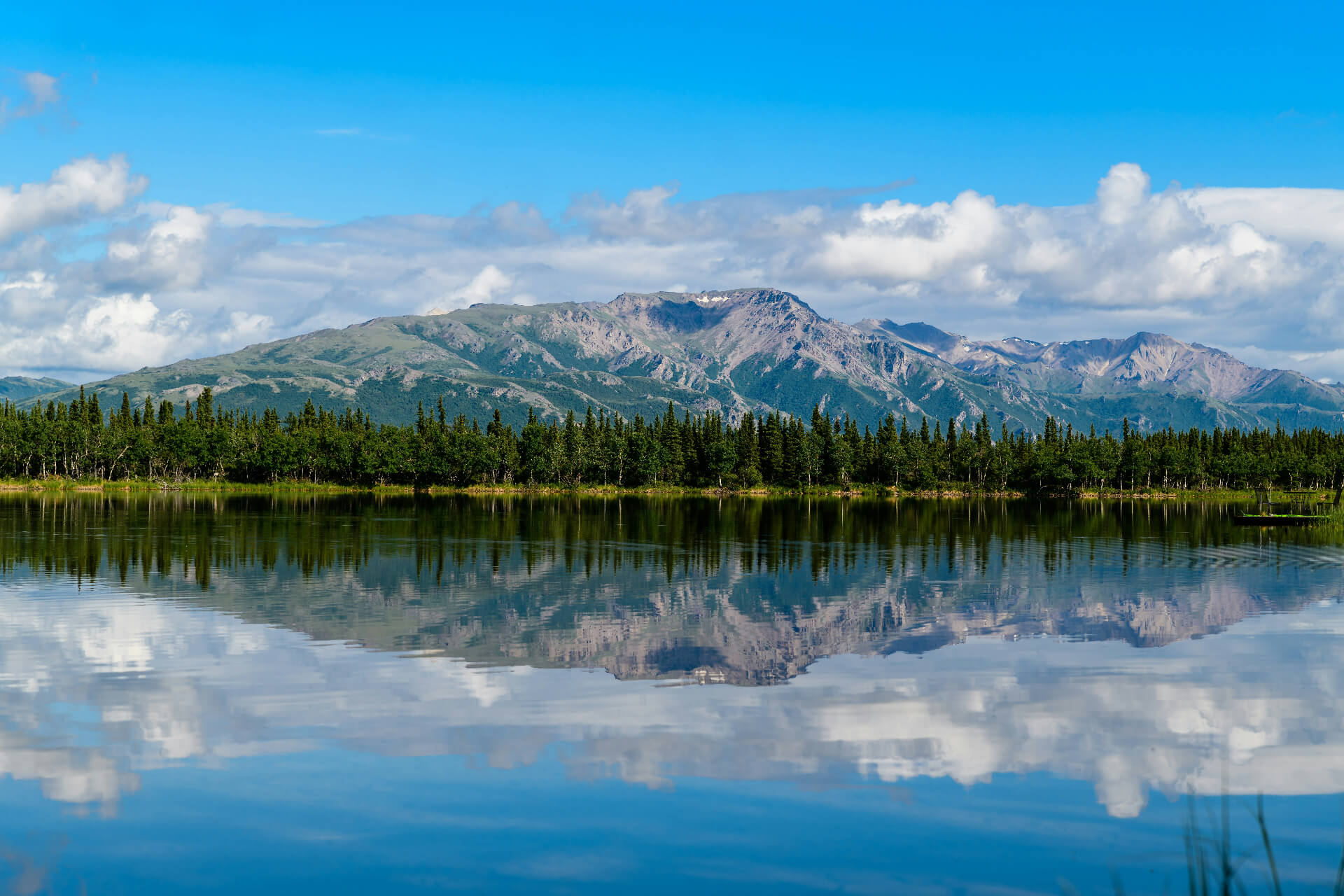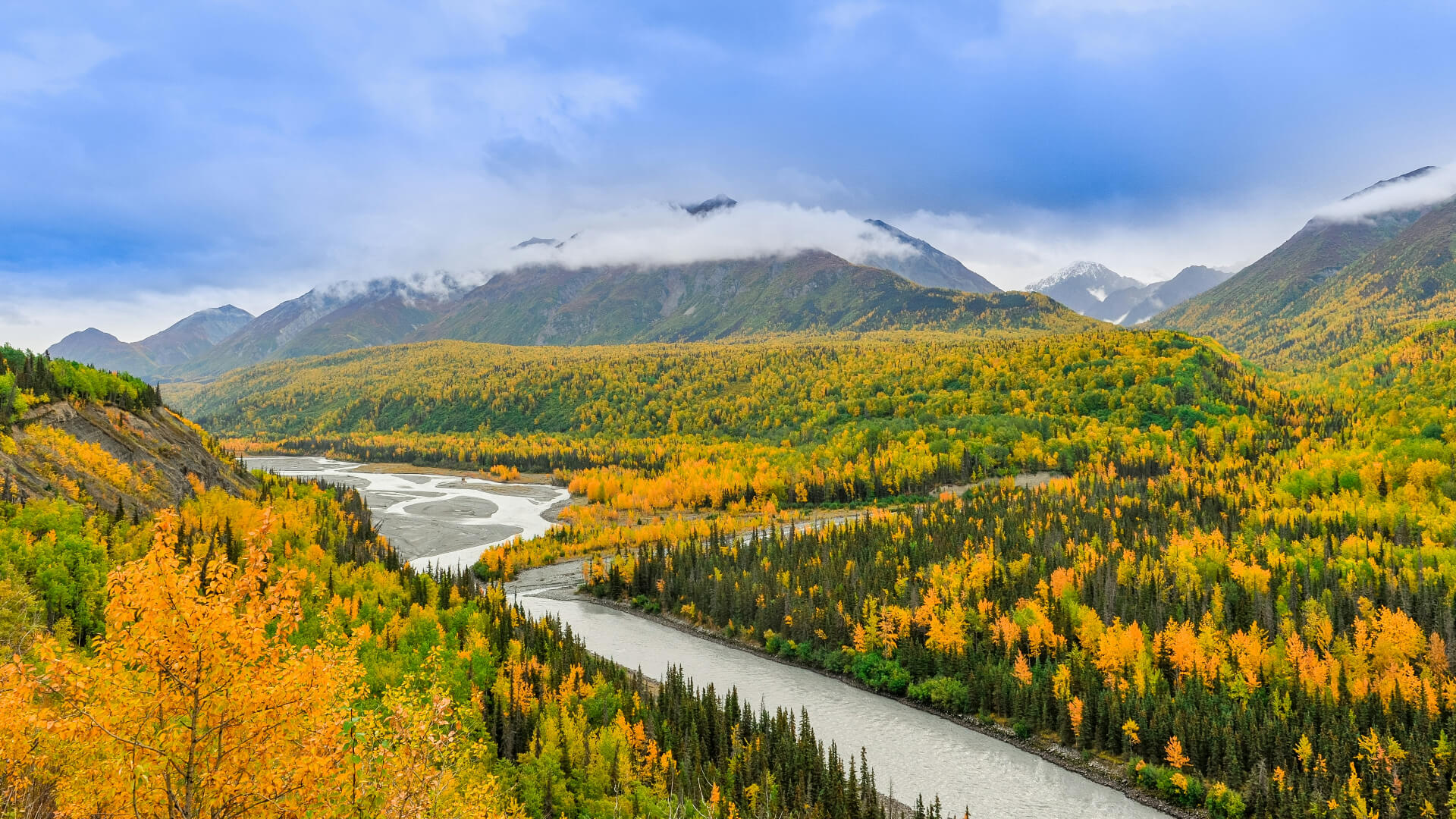Geothermal Energy Installers in Alaska
Alaska is known for its chilling temperatures. So, how could these cold lands harbor geothermal energy? The state has over 130 volcanoes and other geothermal power sources under its soil. Is it enough to give its 733,000 residents renewable energy? The more prominent question is whether or not the state has embraced this potential to commercialize it with adequate capturing and distribution infrastructure. Learn more about geothermal energy installers in Alaska in 2024.
The State of Geothermal Energy in Alaska
With 130 volcanoes and 97 thermal springs, most of the state could have access to a hotspot. These sources are enough to give the entire state green power. There are also geothermal wells supporting the springs and volcanoes.
As of 2024, it is one of eight states using geothermal energy in a prominent capacity, with its first claim to fame being the Chena Hot Springs power plant in 2006, generating 730 kilowatts of electricity. Now, several in-progress projects seek to spread it across the state including Anchorage and other places.
In 2021, prominent petroleum geologist Shaun Peterson said geothermal was the way for the state to go. The biggest problem is how far away the most significant hotspots are from the most populated areas and whether or not it’s a good idea to place a power plant near active volcanoes.
It’s a good sign if fossil fuel businesses are seeing the benefits of geothermal. Some are even replacing diesel generators with less expensive geothermal systems.

Where Is Geothermal Energy Available in Alaska?
The Geological and Geophysical Surveys team from the Department of Natural Resources put together a database of each geothermal location in the state, notating the differences between warm and hot springs, their coordinates, and more for innovators looking to expand utilities across this massive state.
However, the northmost swath of the state and some central locations are far from any notable locations. Just because there are springs speckled everywhere doesn’t mean geothermal power plants are in all of these spots. This does not mean quality infrastructure and piping could not assist these communities eventually.
What Are the Best Geothermal Installers in Alaska?
Let’s look at some big names in geothermal utilities in several parts of Alaska.
Alaska Geothermal
Alaska Geothermal has been operating since 2000, executing drilling and heat pump installation services. They service the Fairbanks area. It claims to have the largest directional drill in Alaska, a 2018 American auger DD 110. The team of contractors is fully licensed to work with vast and intricate sewage and water piping. Alaska Geothermal also promises their installation will survive the state’s tough seasons and permafrost.
Hardy Heating
At home in one of the state’s biggest cities, Anchorage, is Hardy Heating. They offer tons of HVAC services, including geothermal heat pumps and advertise how knowledgeable they are in unconventional and less popular heating systems. They have been in the general business since 1994, with a wonderful customer service reputation.
Alaska Heat Smart
Live in the state’s capital Juneau? Meet Alaska Heat Smart for your geothermal needs. The staff starts with a home energy assessment to help customers understand their energy needs. Plus, they have tons of educational resources, including how the Inflation Reduction Act helps cover the price of heat pumps and even free training programs for people who want a new career in heat pump installation.
They also have tons of financing options, so everyone should be able to find a solution that works best for them. There are countless programs in Alaska, including:
- Clean Heat Incentive Program
- Healthy Homes
- Alaska Carbon Reduction Fund
- Sitka Tribe of AK Heating Assistance Program
- Juneau or Sitka Heat Pump Loan

Will Geothermal Energy Be the Next Big Thing in Alaska?
Geothermal has the potential to spread across the planet, with some naturally warmer than others. With legislation giving money back to people who invest, it is certain to catch more footing than it has in history. Just like the solar and wind renaissance, geothermal could be next if heat pumps continued to receive funding and discounts. Prices should level and the technology may become more accessible.
The Alaska Environment Research and Policy Center has resources available for citizens who want to know the nitty-gritty numbers on what products and prices apply for tax incentives. It provides webinars and information for everyone to become local geothermal experts in no time so informed financial decisions are second nature.
Additionally, there are heat pump projects in several cities. Seward is getting ground source heat pumps for municipal buildings, seeking to decarbonize the region. It aims to save $1.3 million over 50 years in a library, city hall and annex, and fire hall. The hot water that runs through its pipes will be 180°F and flow between the buildings.
Alaskans are also exploring more opportunities on Augustine Island. GeoAlaska is a developer that recently got permitting access to the site to determine its viability as a massive geothermal resource. The analysis should be completed by mid-2024 with plans to drill its first well in 2025.
Finally, the Unalaska Makushin Volcano has been host to a geothermal project for awhile, but some changes are demonstrating a new trajectory. After the private partner was unable to meet deadlines, the volcanic geothermal project is going to proceed without its assistance. This small location in the Aleutians has been exploring geothermal potential for ages with plenty of stops preventing them from victory. However, the persistence is a demonstration of how Alaskans believe in the power of geothermal.

Geothermal Energy in Alaska
Geothermal power is becoming a more popular option across the globe, though it still stands on the heels of wind and solar in the green energy revolution. The more states and countries realize how untapped and sustainable this power source is, the better humanity will be. Alaska is on its way to capitalizing on it so citizens may enjoy the benefits. It will only expand in scope, but legislation with public and private collaboration is the only way for this to happen.